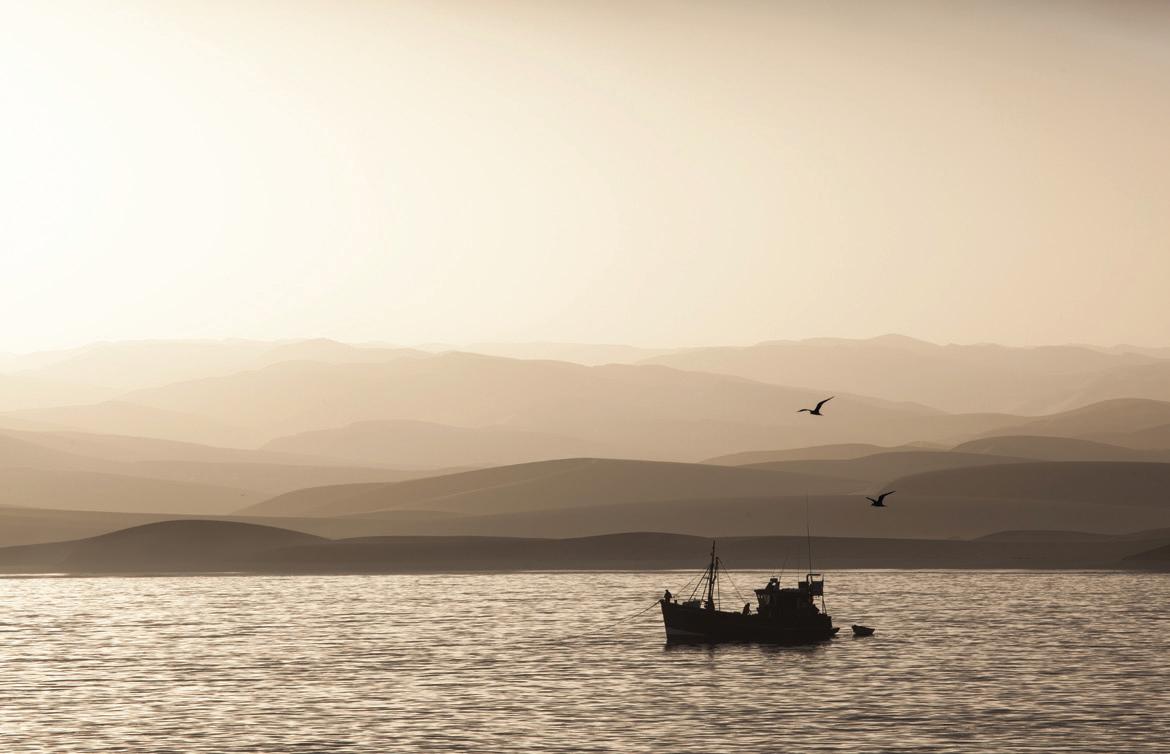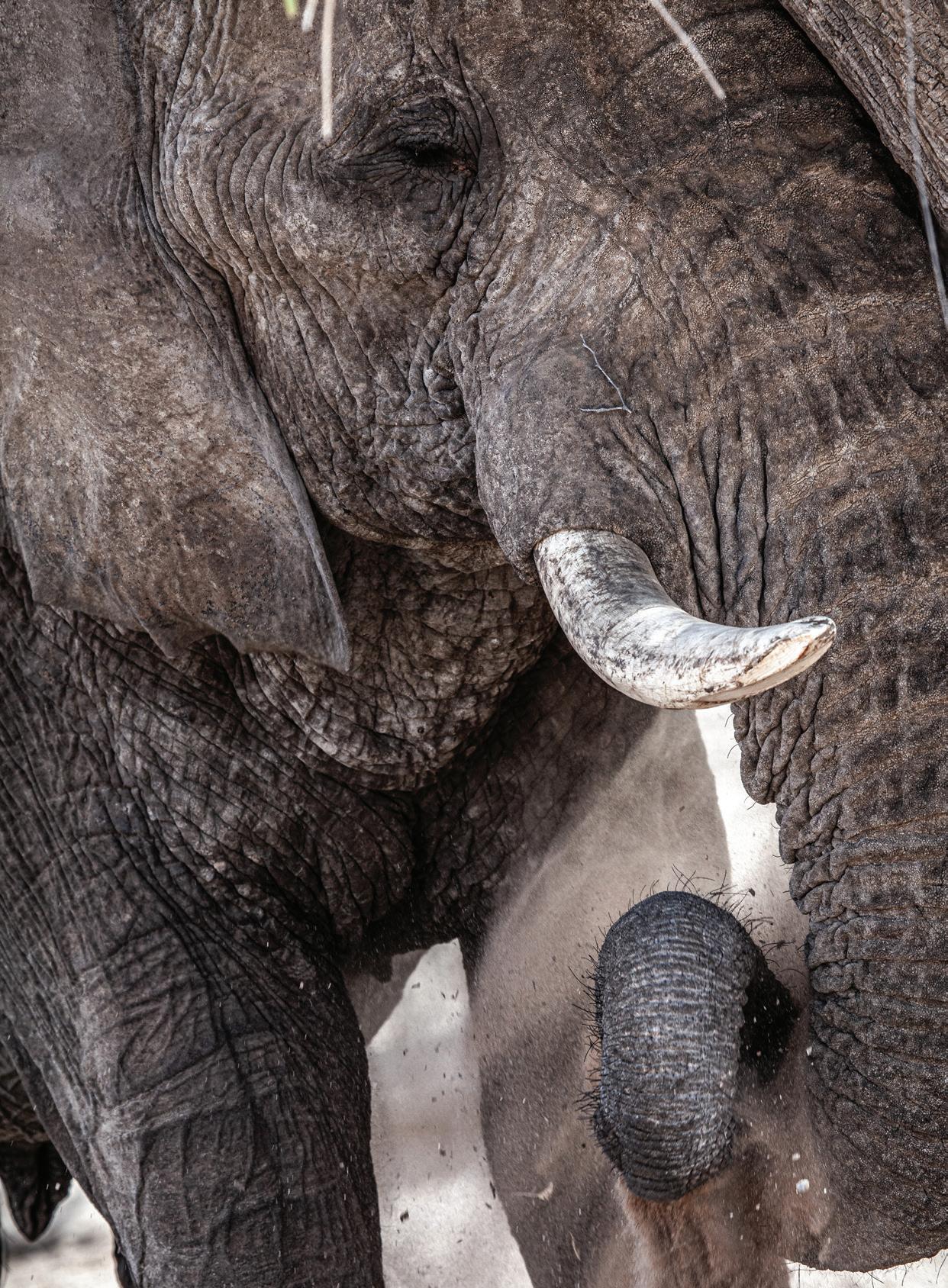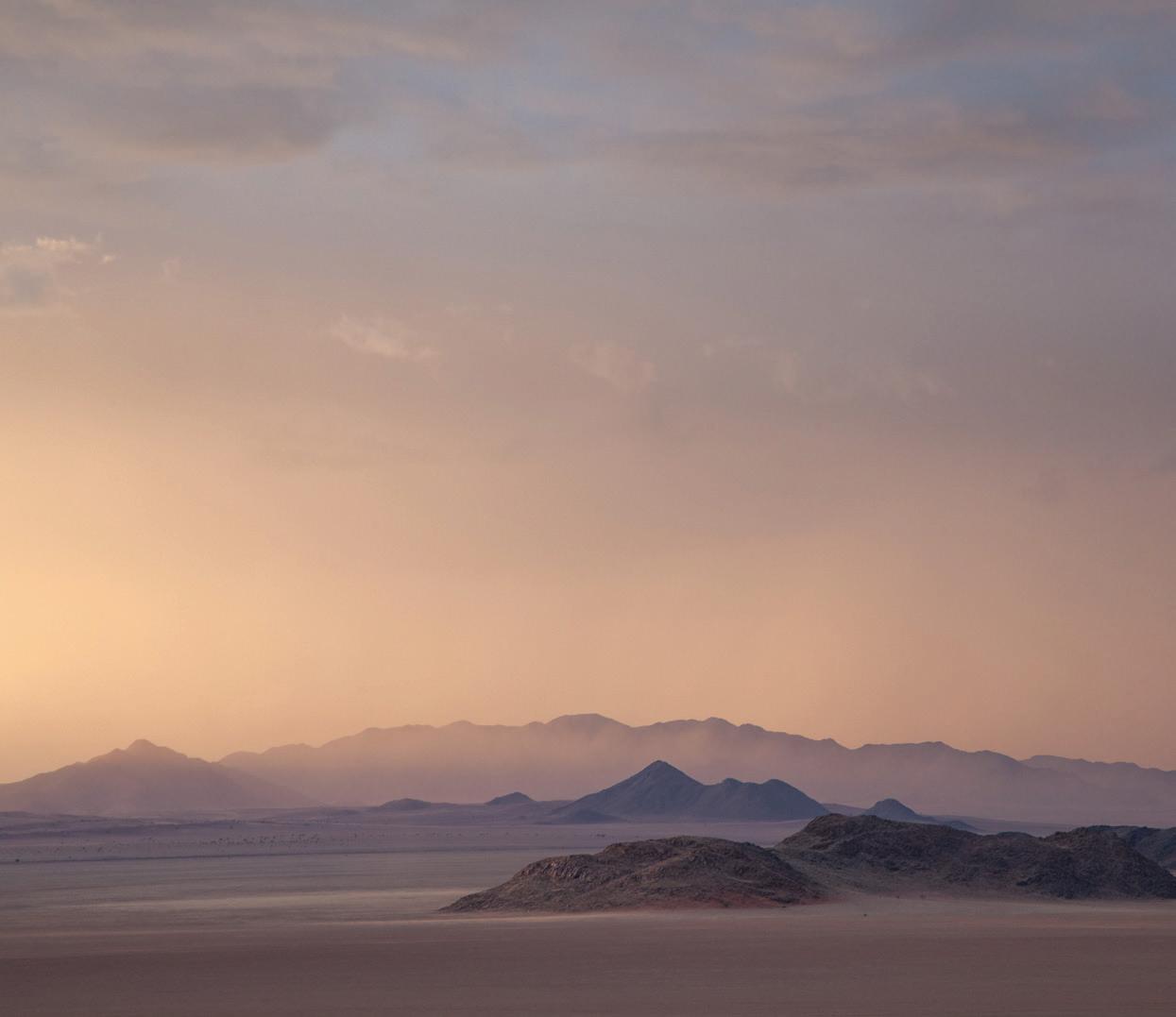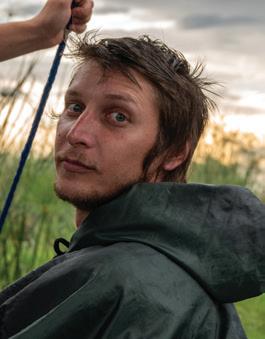
1 minute read
Photography Feature: Le Roux van Schalkwyk
Growing up, I loved spending hours going through the stacks of our family photo albums. It eventually led to me trying my own hand at photography with this trashy early-model digital camera my dad bought when I was in high school. Even though the camera had a lot of shortcomings it allowed me to play around and learn things like basic composition without the cost of developing film.

I love the way in which the soft light during sunset can make even the harshest environment look so inviting. Hoanib River 24 mm, f/13, 1/20 ISO 160

This young lion stubbornly and half playfully kept chasing away the doves around the waterhole. Etosha National Park 400 mm, f/10, 1/640 ISO 500

Hottentot Bay is with a doubt my favourite place in Namibia. It is as secluded as it is beautiful. Fishing boats use the bay as a safe haven to anchor for the night which in turn creates the potential for incredible photos at sunset. Hottentot Bay 260 mm, f/13, 1/500 ISO 200

Gentleman, the elephant bull, rested his head on a leadwood tree while lazily covering himself with sand. Aba-Huab River 250 mm, f/8, 1/500 ISO 640

Each sunset in the Namib is unique. Tiras Area 105 mm f/11, 1/80 ISO 640
ABOUT THE PHOTOGRAPHER

Le Roux van Schalkwyk
My first camera was a Canon D400 DSLR which my parents gave me for my 21 st birthday. Playing around with this camera taught me how to manipulate in-camera settings in order to create an image that I wanted to produce. These days I shoot with a Canon 5D MkII and my camera bag contains 24-105 mm and 50 mm lenses and a 100-400 mm lense plus a Fujifilm X100S.
Living in Namibia it’s almost impossible not to photograph the beautiful wildlife and endless landscapes that are so plentiful. It’s also very challenging because of the heaps of incredible photos of wildlife and landscape that already exist, as well as the new images that are produced daily. Instead of seeing this as negative, I try to use it as motivation to create images that feel unique and tell their own stories, but in a slightly different way. TNN
Even though white rhinos have a friendlier demeanour than their cousin, the black rhino, it was still scary tracking this big creature on foot through dense bush. By the scratches on the animal’s back you can clearly tell how thick the bush is.

The remains of a jetty at Hottentot Bay that have been taken over by birds. Fog in these parts can get so dense that you don’t dare to wander too far. Hottentot Bay 105 mm f/13, 1/800 ISO 200

Waterberg National Park 400 mm, f/5.6, 1/250 ISO 320










